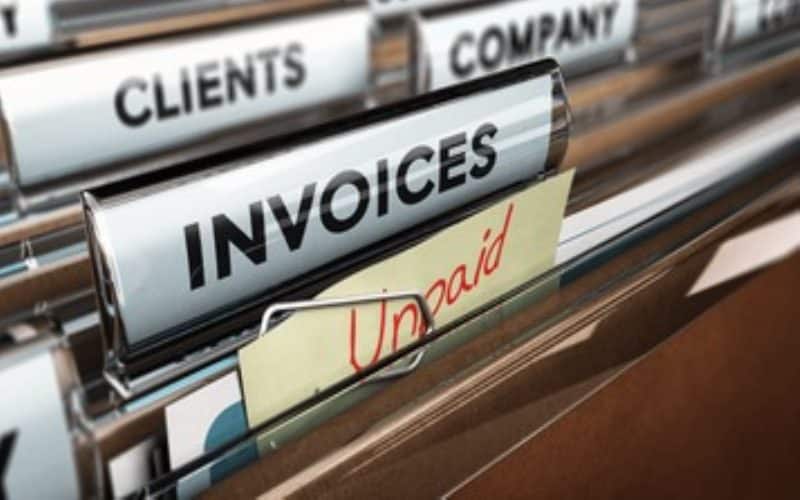Introduction
In today’s digital economy, small payment transactions have become increasingly common. Many people rely on mobile payments, digital wallets, and online credit services for convenience. However, issues such as unpaid balances can arise, leading to financial challenges. This article will explore https://www.moneylife365.com/ , the process of resolving unpaid small payment balances effectively.
Understanding Unpaid Small Payments:
What is non-payment of small payments?
Small payment delinquency occurs when users fail to pay for a transaction made through a mobile payment system or digital credit service. This can happen for several reasons:
- Insufficient funds in the linked bank account
- Exceeding credit limits
- Payment authorization failures
- Unintentional neglect of due payments
Consequences of Unpaid Small Payments
Failing to clear small payment dues can lead to:
- Service restrictions – The inability to use certain mobile payment services until the balance is cleared
- Credit score impact – Late or unpaid balances may affect personal credit history
- Collection actions – Service providers may take legal action to recover unpaid amounts
Breaking through non-payment of small payments: Effective Solutions to Clear Unpaid Balances
1. Checking Your Payment History
The first step in breaking through non-payment of small payments is reviewing past transactions. Many users are unaware of their unpaid balances. Check:
- Mobile payment apps
- Credit card statements
- Bank transaction history
Identifying the unpaid amount helps in finding the right solution.
2. Contacting Customer Support
Most mobile payment providers offer customer support to help users resolve unpaid balances. Reach out to:
- Payment service providers (e.g., mobile carriers, fintech companies)
- Digital wallet support teams
- Financial institutions linked to the transaction
Negotiating payment plans or requesting deadline extensions can be a viable option.
3. Using Alternative Payment Methods
If the primary payment method has issues, consider alternative ways to clear the balance:
- Bank transfer – Directly deposit the amount to the service provider’s account
- Prepaid cards – Use prepaid balance to settle the dues
- Third-party payment services – Some platforms allow payments through intermediaries
4. Seeking Financial Assistance
If clearing the balance immediately is difficult, consider:
- Microloans – Short-term loan services designed for small financial emergencies
- Installment plans – Some providers allow users to pay off balances over time
- Emergency funds – Borrowing from family or friends as a temporary solution
5. Preventing Future Payment Issues
To avoid future non-payment of small payments, follow these preventive measures:
- Set payment reminders – Enable notifications for due payments
- Monitor spending limits – Avoid excessive transactions beyond your financial capacity
- Link multiple payment options – Have backup payment methods to prevent failures
Conclusion
Resolving unpaid balances https://www.moneylife365.com/ is crucial for maintaining financial stability and avoiding service disruptions. By monitoring transactions, communicating with service providers, using alternative payment options, and seeking financial assistance when necessary, users can effectively clear unpaid small payments. Additionally, adopting good financial habits can prevent future payment issues and ensure smooth digital transactions.



